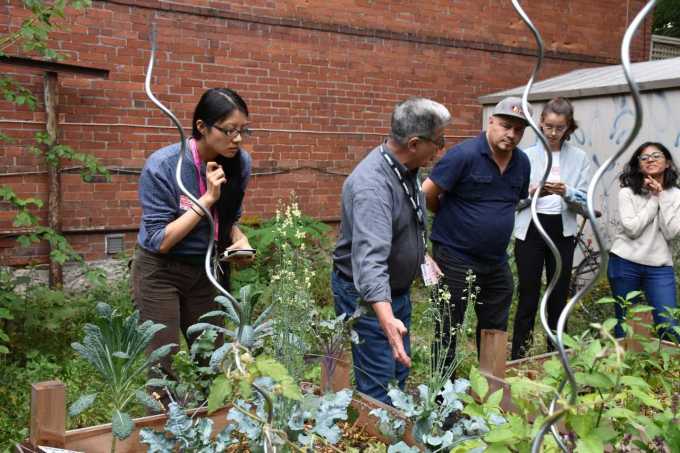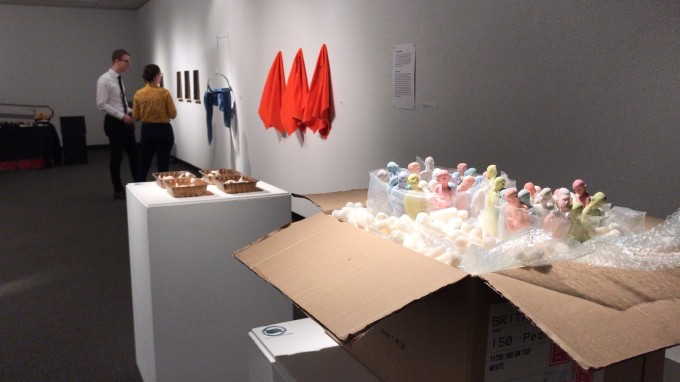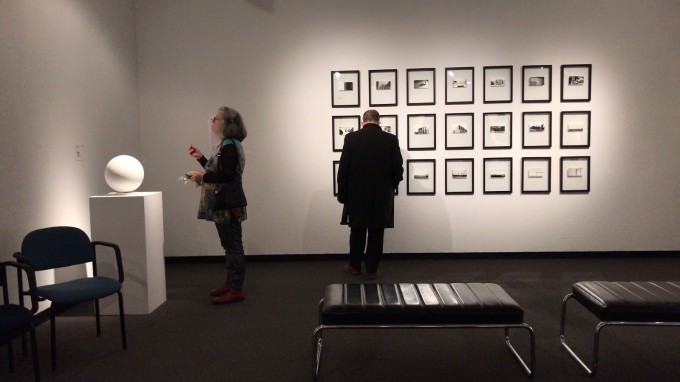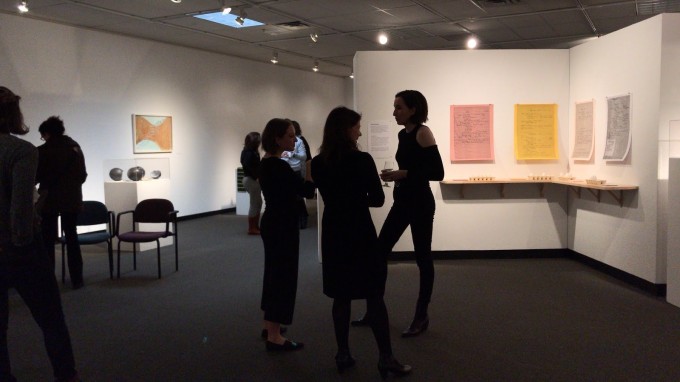The Industry Team Case Study initiative, bridging the gap between academia and industry
It can be difficult for graduate students deeply immersed in academic research to find the necessary prerequisite experience to apply for many industry jobs. To equip U of T students with industry-relevant skills, the Life Sciences Career Development Society (LSCDS) launched the Industry Team Case (ITCS) program since 2015, in collaboration with the Science Career Impact Project (SCIP), a volunteer organization founded by U of T alumni with a mission to deliver transformational experiences to science trainees seeking careers in industry. This year, ITCS continues to be one of the most sought-after programs offered by the LSCDS.
The ITCS program gives trainees the opportunity to work on industry-relevant projects as they prepare for the job market. This initiative involves a four-month program during which teams of three to five students collaborate on a trainee-directed project with an industry facilitator, culminating in presentations to industry professionals and members of the life sciences community. Projects focus on regulatory and medical affairs, ranging from the development of a insurance vision plans regulatory framework for cannabis-infused edibles to positioning CAR T cell therapy for Priority Review by Health Canada. Indeed, as one trainee testifies, “ITCS goes beyond single event engagements where the discussion on industry roles is surface level, consequently leading to a poor understanding of industry positions; as well as excels in contrast to other mentorship opportunities where no project is being pursued.”
Through ITCS, trainees build their professional network, learn the expectations of an industry position, and deliver projects to supplement their job applications. “The ITCS Project has provided an excellent opportunity to learn of different roles in the pharmaceutical industry and gain experience in a simulated project,” said one trainee, now a market analyst. She continues, “Unlike classroom lectures, ITCS offers the first-hand experience into the healthcare industry from working professionals; a perspective that can’t be learned from a textbook. These insights enabled me to be comfortable in discussing various aspects of market access during my job interview.”
The 2018 ITCS program was highly successful, drawing over 120 trainees to the initial information session. After a rigorous selection process, 10 four-member teams were formed, comprising of MSc and upper-year Ph.D. students. Building upon our mission to raise awareness of industry careers to students of all life science disciplines, the program’s participants came from various departments, ranging from Molecular Genetics and Biochemistry to Rehabilitation Sciences and Immunology. Overall, over 85% of trainees from the 2018 ITCS reported that the program strengthened their job applications and helped them receive the job offers they sought. Facilitators also valued the mentorship experience they gained during the program and enjoyed the opportunity to network and give back to the scientific community.
Finally, we are extremely grateful to have received support from the Centre for Community Partnerships at U of T, as the project would not have been the success it was without their amazing support!
Click here learn more about our Community-Engaged Initiatives Grant


















